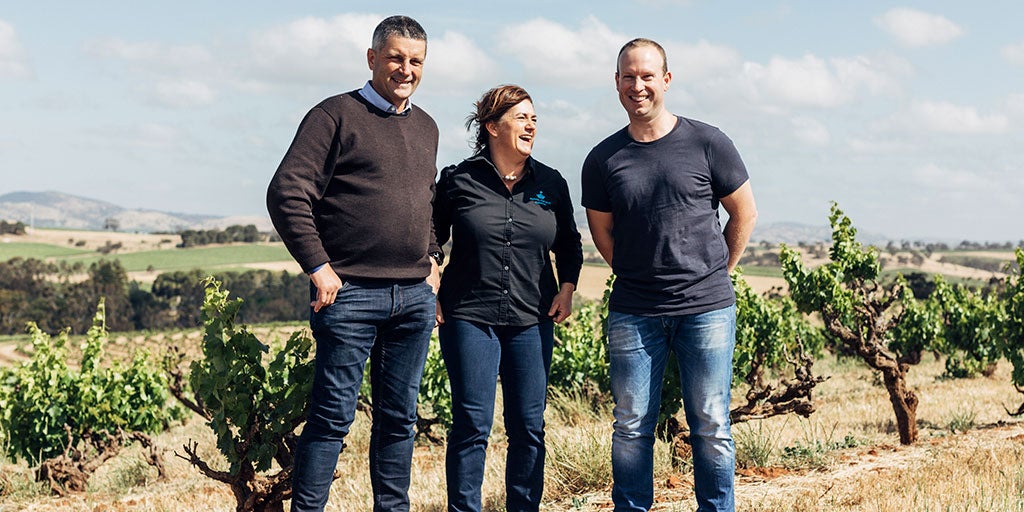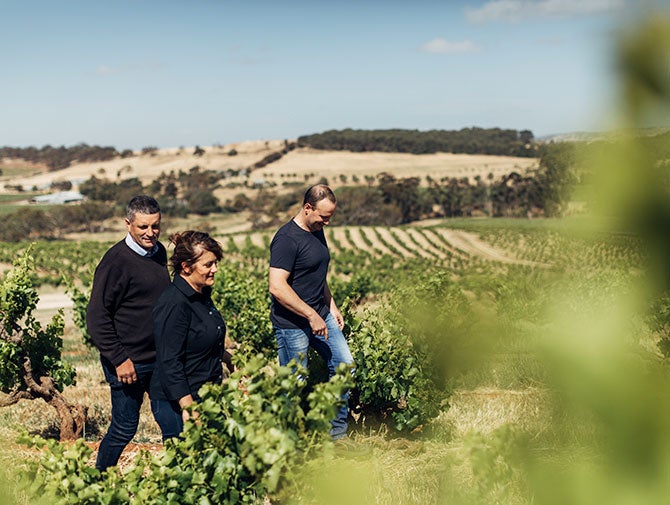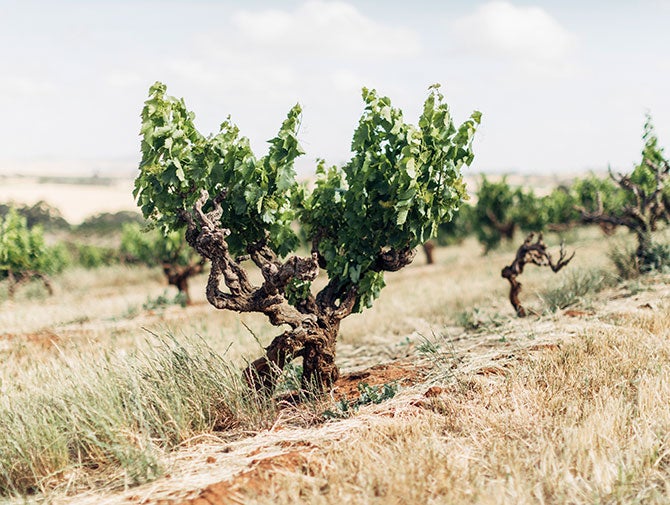
Fiona Donald
When Fiona was 17 and discovered winemaking was a career option, she wrote to Len Evans – a columnist in a magazine her mum read – and asked how to get into the industry. Of course, she had no idea she was writing to a legend of Australian wine. In response, he encouraged her to study at Adelaide’s Roseworthy Agricultural College, the best winemaking school at the time. Today Fiona is Chief Winemaker at Seppeltsfield, where she’s been helping to lead the renaissance of one of Australia’s great wineries.

A new dawn for an old gem
Since Fiona joined historic Seppeltsfield in 2009, the award-winning winemaker has talked to many visitors who have a special connection to the property – they might’ve first visited when they were 18, or maybe a grandparent got married there.
“That’s when I realise it’s not just my workplace and it’s not just a place with a lot of history,” says Fiona. “It’s Australian winemaking history. And so it belongs to all of us.”

Fiona has ushered in a new era for Seppeltsfield, helping to revive the 1888 winery – a Heritage-listed landmark – and for the first time putting the spotlight on contemporary table wines. Just a few years after joining, she was named Winemaker of the Year by the Barons of Barossa.
“Seppeltsfield has a long and rich fortified heritage … and that style of fortified winemaking has informed our table winemaking,” says Fiona. “We’re looking to make wines that speak of place, of the Barossa and of the vineyards, but we also want there to be some restraint and style.”
Fiona has been recognised for her creative vision and clever winemaking. But she’s quick to point out that it’s a team effort – and that team includes her husband, winemaker Matthew Pick.
“I’m really passionate about making sure that my vision is articulated clearly to a team of people, so everyone knows what they need to do to achieve the goal,” she says.
For Fiona, winemaking is about more than just a process.
“Wine is the most amazing vehicle to communicate a patch of dirt, the weather events of that season, the mark of the winemaker... So in fact, it is a bit of a time capsule,” she says. “A lot of effort goes into making the best wine you can. But it’s more than just that academic process. Ultimately wine is made to be opened and shared.”


Disclaimer
This information is presented in good faith and on the basis that Wine Australia, nor their agents or employees, are liable (whether by reason of error, omission, negligence, lack of care or otherwise) to any person for any damage or loss whatsoever which has occurred or may occur in relation to that person taking or not taking (as the case may be) action in respect of any statement, information or advice given via this channel.



